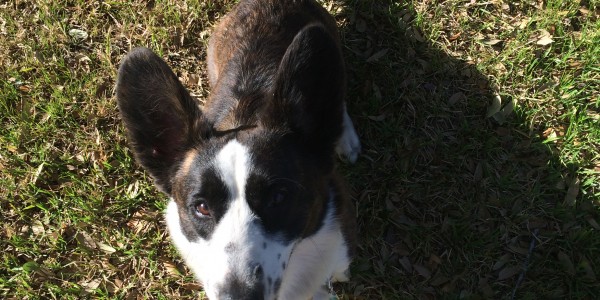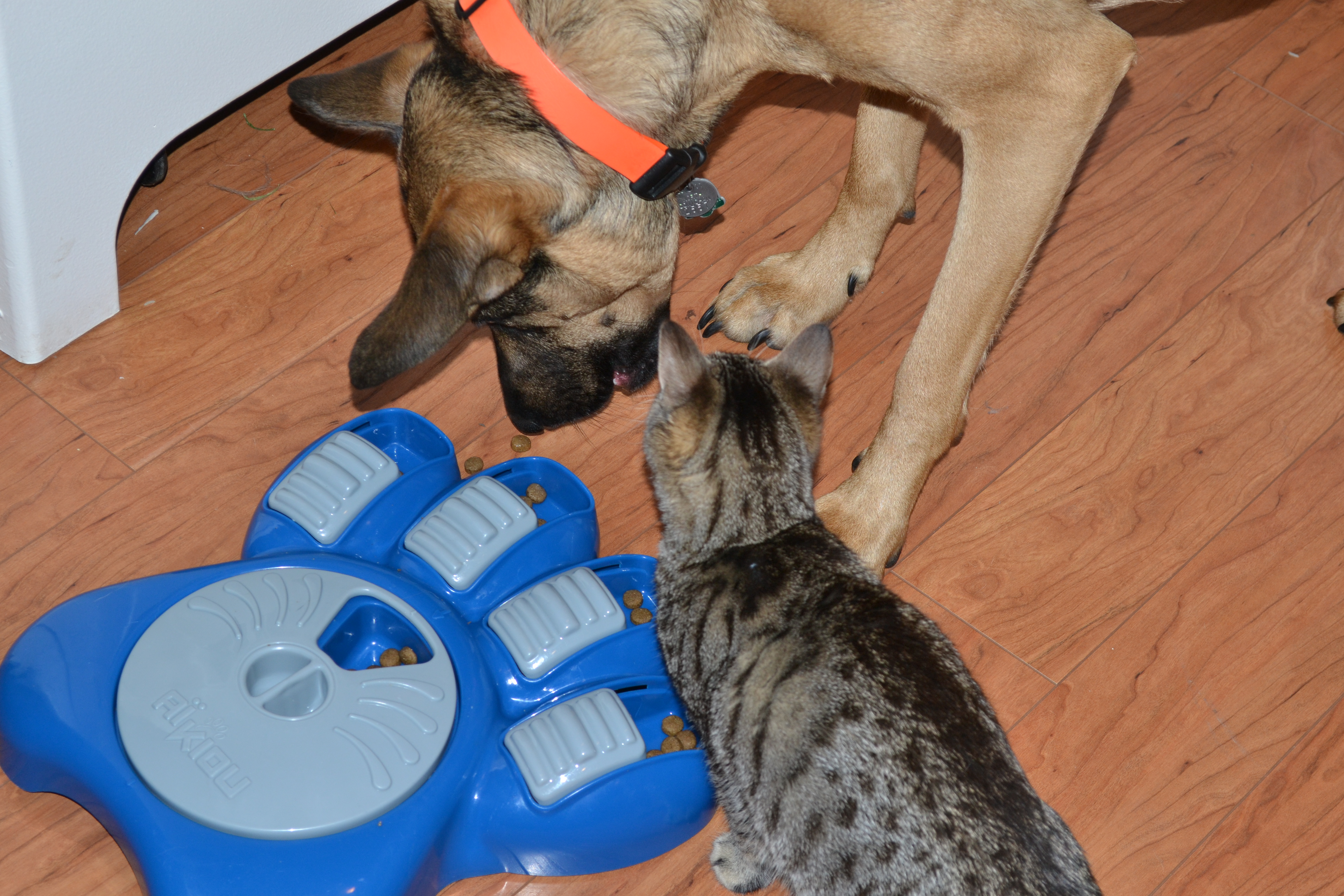It’s been a long journey, but I’ve finally discovered a technique that works (nearly) 100% of the time. I want to share the experience of discovering a technique that I use as a “go-to” with all my dog training students. It starts with how I trained polite leash walking before I crossed over.
Using Corrections
Back when I was a Cesar Millan fan and dedicated follower, I used physical leash corrections whenever the dog would put pressure on the leash. This would make the dog slow down, but it certainly didn’t earn me any brownie points! This method worked because the dog wanted to avoid the pop on his neck. I used it on many dogs before I came across one dog who’s behavior it made worse. His behavior got worse because he associated that leash pop (a negative experience) with things in his environment he was already nervous about – other dogs, people, or anything else he pulled toward to investigate. Fortunately, this dog was already mine and I had to look for alternative methods to work with him.
Click & Treat
That’s when I landed on clicker training and positive reinforcement training. My wonderful mentor, Stacy Greer, let me follow her around to clients and observe how she taught various skills – including polite leash walking. Loker and I also got to attend one of her group training classes. This is where I learned my 2nd favorite technique and the technique that ultimately lead to discovering my go-to polite leash walking method. Here is a video of this method:
This method keeps the number of click/treats per minute high so that the dog does not have time to hit the end of the leash thus eliminating any need for a physical correction. Speed is important if you have a very fast dog like mine. Notice how in the video the leash is loose and I never pull it tight to correct him. It is also important to note that this is the initial learning stage – you wouldn’t and shouldn’t use this many treats once the dog understands the basic expectation of him – standing and walking on a loose leash.
Click & Drop Treat & Run!
Here’s the best part! Let’s talk about my favorite way to teach loose leash walking right now (this may change at any moment if I discover an easier or quicker way). This method keeps you one step ahead of your dog (literally and figuratively). Being still when your dog pulls is also important in this technique because if the dog gets access to what he wants by pulling, he’s being reinforced for pulling. Take a look at my newest instructional loose leash walking video:
In dog training, the best trainers always looking for better techniques. All techniques should be open to evolution into more effective and efficient methods. What do you agree with or disagree with about the methods I’ve listed above? Do you teach polite leash walking differently? How so? I want to know if there’s a better way! Comment below:




